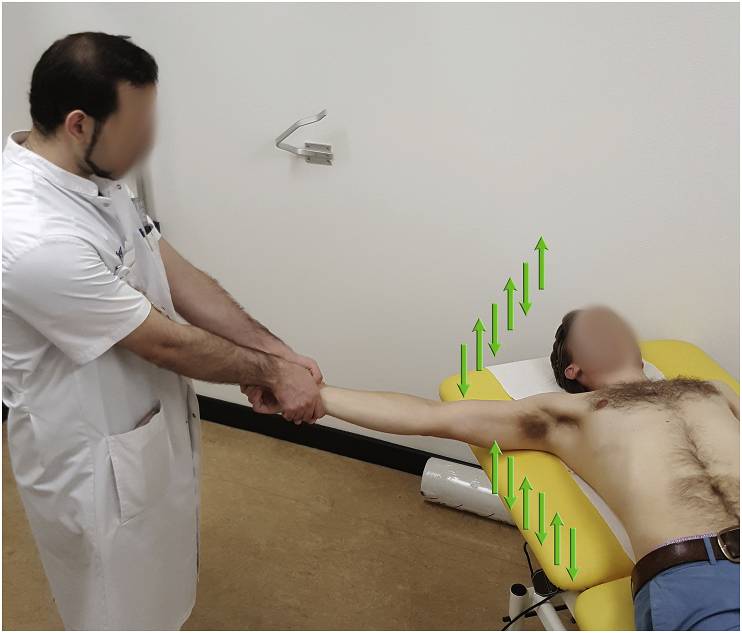Indication: Anterior shoulder dislocation Position of patient: Supine Position of physician: Standing on the side of the dislocated shoulder Steps: Physician holds the wrist of the patient with both the arms keeping elbow of the patient extended and forearm in neutral position Arm is slowly abducted in brief oscillating movement…
Author: Epomedicine
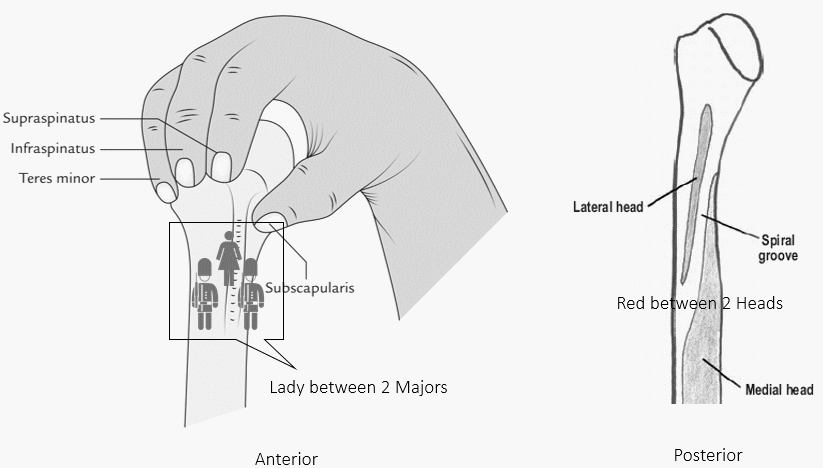
Shoulder Muscles Anatomy – Simplified
Proximal humerus Insertion of Rotato Cuffs Mnemonic: SIT-S a. Greater tubercle: Supraspinatus, Infraspinatus, Teres minor b. Lesser tubercle: Subscapularis Attachment of Other muscles Anteriorly and posteriorly the muscles attach on each side of the depressions (groove and sulcus). a. Anteriorly: Insertion of 3 muscles Mnemonic: Lady between 2 Majors Crest…
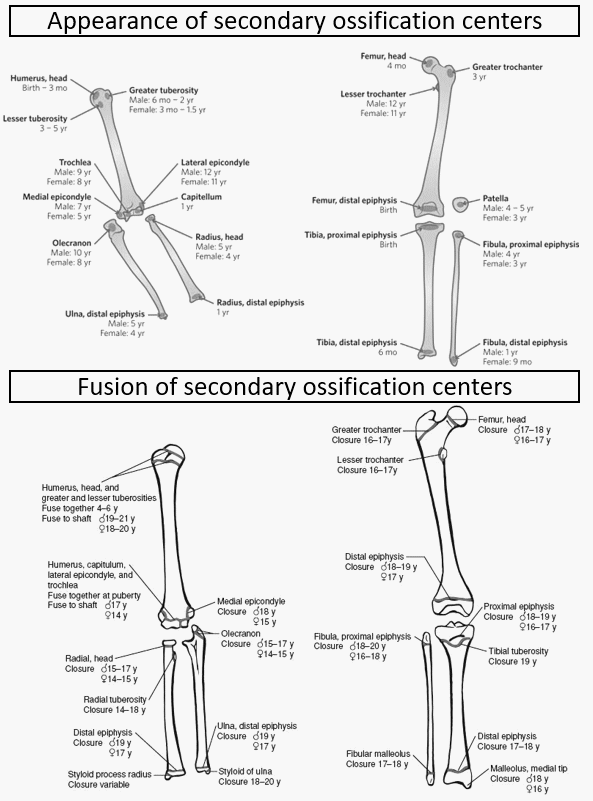
Appearance and Fusion of Ossification Centers
Upper end of humerus Mnemonic: HGL – 1,3,5 a. Head – by 1 year b. Greater tuberosity – by 3 years c. Lesser tuberosity – by 5 years All 3 centers fuse together by 6 years (1 year after the last center appears) Upper end of femur Mnemonic: HGL –…

Transportation Safety: Occupational injuries in Shipping Industry
Shipping1 is perhaps the most international of the world’s industries, serving more than 90 per cent of global trade by carrying huge quantities of cargo cost effectively, cleanly and safely. The maritime industry, as it is called, fulfils a critical role in the world economy as the primary carrier of…
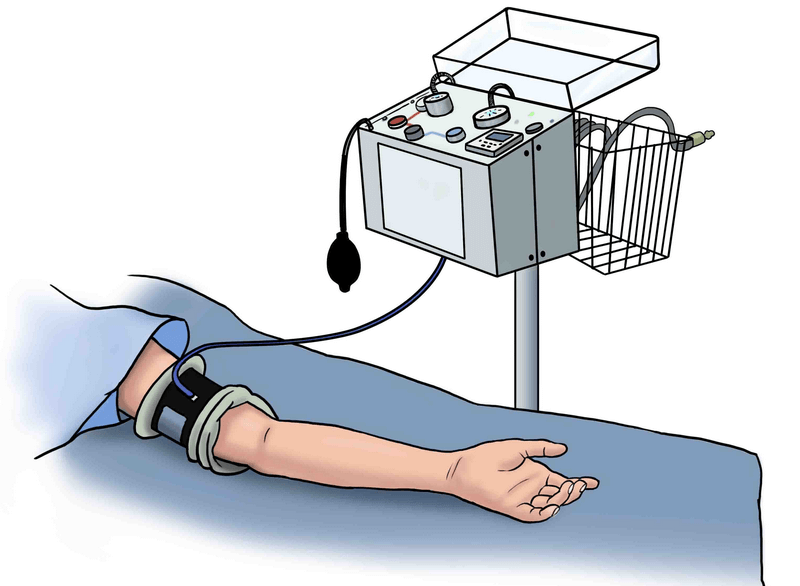
Bruner’s Ten Rules of Pneumatic Tourniquet Use
APPLICATION: Apply only to a healthy limb or with caution to an unhealthy limb SIZE OF TOURNIQUET: Arm, 10 cm; leg, 15 cm or wider in large legs SITE OF APPLICATION: Upper arm; mid/upper thigh ideally PADDING: At least two layers of orthopaedic felt SKIN PREPARATION: Occlude to prevent soaking…
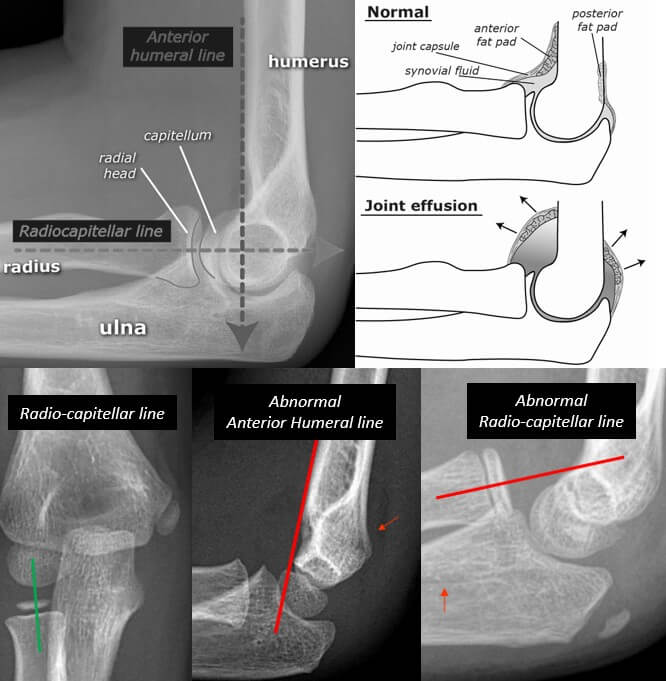
Mnemonic Approach to Elbow Xray – FOOL
Mnemonic: FOOLa. Fat padsb. Overt findings and outlinesc. Ossification centersd. Lines Fat pads The elbow joint has anterior and posterior fat pads which are extra-synovial but within the articular capsule. These are present as a radiolucent (black) line (compared to bone and surrounding soft tissues) in lateral X-rays. Normal finding:…

6 Men’s Health Issues You Should Know About
Although a man’s body is a complex machine that can repair itself in amazing ways, like most machines, the human body can have problems and defects during its long life. Whether it is an illness, stress, or other physical complication, knowing how to deal with the problem can often help…

Acute Stroke Management : Mnemonic Approach
Mnemonic: BRAIN ATTACK a. Blood pressure: Antihypertensives are recommended only in following conditions: SBP >220 mmHg, DBP >120 mmHg or MAP >130 mmHg (Target SBP reduction by 15% in 1st 24 hours) End organ damage: Acute MI, Aortic dissection, Hypertensive encephalopathy, Severe left ventricular failure Candidates for thrombolysis: SBP >185…
